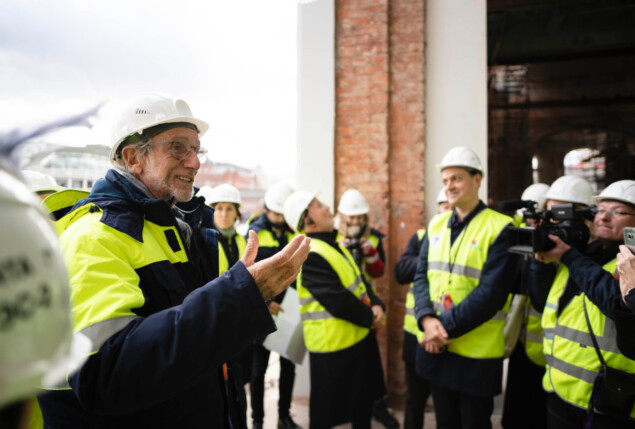Piano’s first task was to bring light back to the building. Although GES-2 continued to produce electricity until it was closed for reconstruction in 2016, the power station itself had only grown darker and darker. Piano proposed to clear away decades of debris, free up the window spaces, and make the roof transparent. At the same time, the architect sought to preserve and restore as many of the building’s historic elements as possible: ceiling supports designed by Vladimir Shukhov, a clock tower above the space that once housed the Tramway plant’s offices, and even a number of lightning-bolts—the historic emblem of Mosenergo, the company responsible for providing power to Moscow and the Moscow region—on the gate separating the territory of GES-2 from the House on the Embankment.
Thanks to Piano’s reconstruction, GES-2 has been transformed into a space that produces creative rather than electric energy. The House of Culture is a place designed for experimentation and new experiences. It is for this reason that various shades of white have been chosen to for its interiors: the walls are ready to take on any form of art, to be brought to life by both the public and artists.
